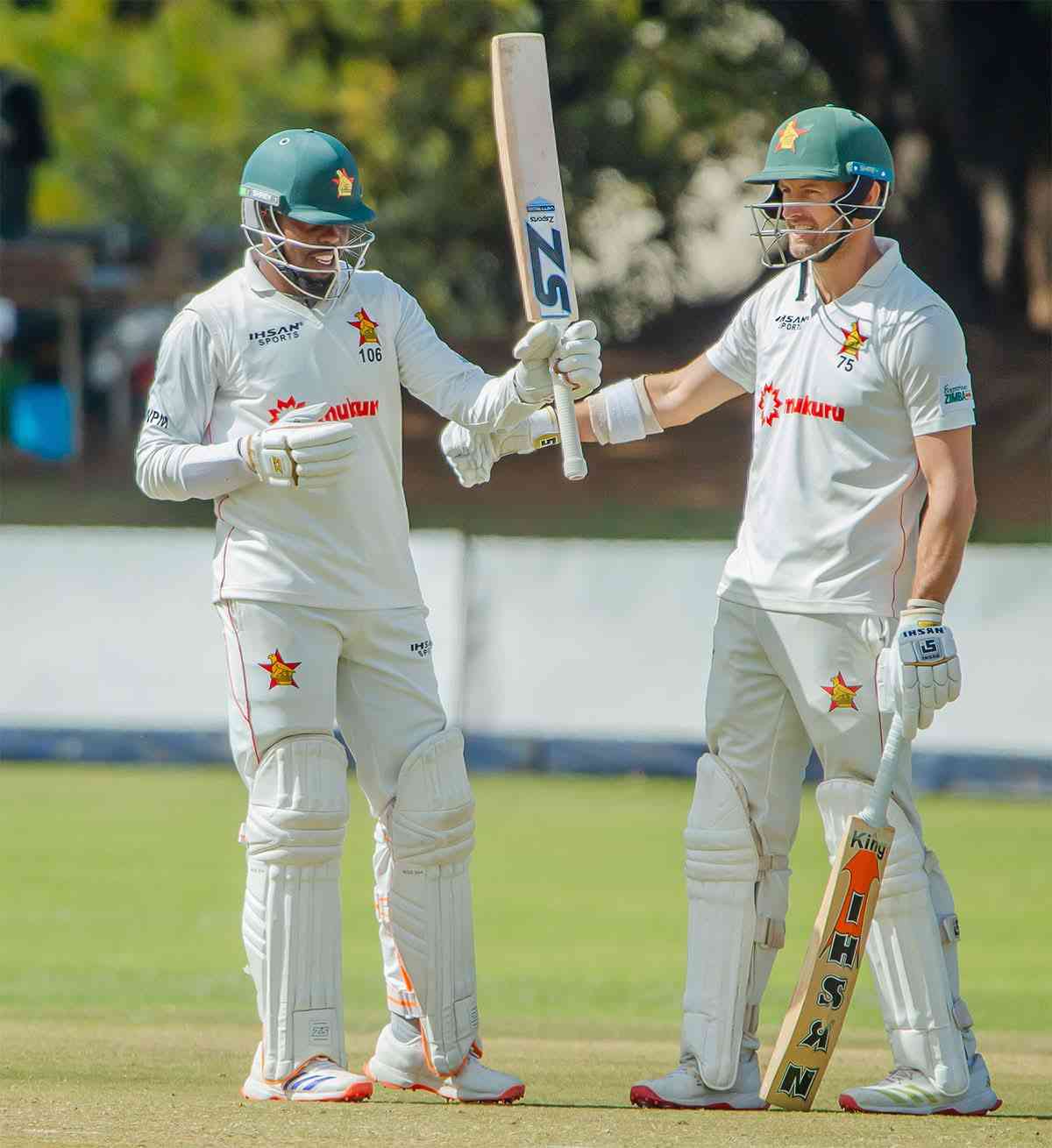
BY MICHAEL KARIATI
IN 1982, Zimbabwe’s Japhet Mparutsa was ranked among the top five goalkeepers on the continent alongside Thomas Nkono and Joseph Antoine Bell of Cameroon, Cheikh Seck of Senegal, and Badau Zaki of Morocco.
Popularly known as The Short Cat, Mparutsa was so exceptional in between the poles that he became the first goalkeeper in Zimbabwean football history to be crowned Soccer Star of Year, astoundingly at the age of 18.
Comparisons are drawn as to who was better, Mparutsa or the legendary Bruce Grobbelaar, the pendulum seems to tilt towards Grobbelaar because he went on to star for Liverpool in the English Premier League, and the then European Champions Cup.
However, others have their own opinion contending that Mparutsa was far much better, but was let down because European clubs then tended to and up to now seem to prefer taller goalkeepers.
Mparutsa was a product of Zimbabwe’s well oriented junior development system which encompassed an under-14, under-16 and under-18 programme which all the 12 Super League teams were required to adopt.
“Good players were promoted from the juniors to the reserve team and later to the senior team. When it came to choosing junior national teams, it was easy because the players were there on display on the field every week,” said Mparutsa, who is now based in the United Kingdom.
Mparutsa cites a fascinating example of the 1980 Zimbabwe Under-20 team. Coached by Peter Nyama and Mick Poole, among his team mates were the likes of Lucky Dube, James Takavada, Stanley Ndunduma, Edward Katsvere, Joel Shambo, John Phiri, David Mwanza, Anderson Phiri and Ephraim Dzimbiri, to mention but a few.
- Chamisa under fire over US$120K donation
- Mavhunga puts DeMbare into Chibuku quarterfinals
- Pension funds bet on Cabora Bassa oilfields
- Councils defy govt fire tender directive
Keep Reading
“We played many matches together, and we understood each other’s strengths and weaknesses. We travelled all round and developed comradeship,” reflects Mparutsa.
Zimbabwe won the 1985 East and Central Africa Challenge Cup after beating Kenya 2-0 with goals from Shacky Tauro and Gift Mpariwa.
“Nine members of our 1980 Under-20 team were in that squad. I was in goals and there was also Takavada, Dzimbiri, Shambo, John Phiri, Ndunduma, Katsvere, Mwanza, and Charles Chirwa. That shows the power of football development. We fought and won together.”
Mparutsa says Zimbabwean football should go back to those good old junior development days if football is to get back on its feet.
“If we get the foundation right, then we can build a strong house. If we revive the junior structures, the young will rediscover that love for football,” said Mparutsa.
“This creates a better understanding of the players. We must bring back the boys and the girls to football. Not all of them can sing and dance. Most of them are good footballers, but we are letting them go,” said the former Dynamos stopper.
The 57-year-old believes that during their days football fans loved junior football to the extent that stadiums were filled long before the real deal.
“They watched three games for the price of one. There were the juniors and later the reserve sides before the main match. It was good to see all those people in the stadiums,” said the former Warriors goal minder
Unfortunately, of late, the Zimbabwean game has suffered due to low crowd attendances.
Matches involving Dynamos, Highlanders and Caps United, which during Mparutsa’s days attracted crowds of between 35 000 and 40 000 spectators are now struggling to get even 12 000 people.
The former Dynamos stopper is of the opinion that although they did not qualify for the Nations Cup while the Warriors of this generation have been there four times, their game was far much better.
“During our days African football was very competitive. We used to have eight teams qualifying for the Nations Cup and we now have 24. We had two African teams going to the World Cup, we now have five. Qualifying is easier these days than it was during our days,” observes the Short Cat.
“Even in terms of talent, there are few these days who can come close to the Ndundumas, the Shambos, the Mwanzas or the Katsveres of those days. People love flair, and they got it,” said Mparutsa.
Mparutsa is in tears that some of his teammates in that 1980 Zimbabwe Under-20 side — Mwanza, Shambo, Ndunduma, Katsvere, Dzimbiri, Maverengo, Chirwa and Sebastian “Kodak” Chikwature — have passed on.
“Sometimes, I wake up on the downside thinking they are all gone. I always think of what they could have been doing for Zimbabwean football, where they could have been with the game,” said Mparutsa.
Mparutsa was also one of the pioneers of Black Rhinos after leaving Dynamos in 1983 along with David Mukahanana, Lovemore Chikunha and Hamid Dhaka.
They teamed up with the likes of Ndunduma, Stix Mtizwa and Willian Chikauro who had also come to Chipembere from Caps United, as well as Ernest Mutano who joined the Zimbabwe National Army side from Arcadia United.
Along with the likes of Jerry “Dzunguman” Chidawa, Simon Mugabe, Jimmy Mbewe and Maronga Nyangela, Rhinos were a closely-knit outfit that easily won the Northern Region Division One title and later the Super League championship in 1984.











